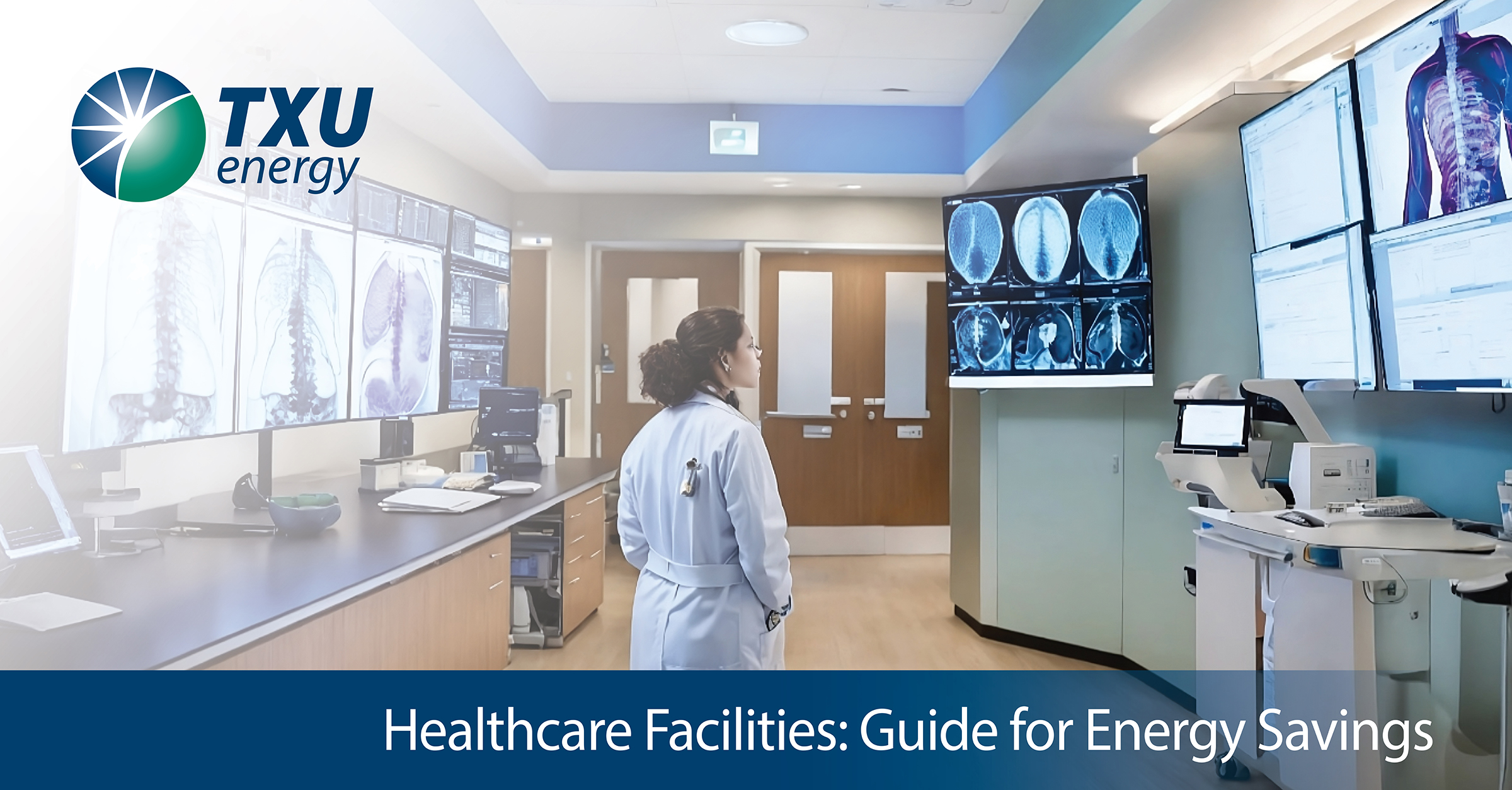Healthcare Facilities: Guide for Energy Savings
Energy is critical to the operation of healthcare facilities, but it's also a significant operating expense. These energy efficiency design recommendations can help.
Published:

Energy is critical to the operation of healthcare facilities, but it's also a significant operating expense. A Grumman/Butkus Associates survey of 137 hospitals indicated that the average annual cost for all energy utilities was $10,300 per staffed bed. Top energy users in healthcare facilities include HVAC, lighting and water heating, according to the latest U.S. Energy Information Administration data.
On top of this, healthcare facilities aren't getting any younger. The American Society for Healthcare Engineering has reported that the median age of plant (AoP) metric has continually increased for hospitals over the past 15 years. This indicates that hospitals have struggled to keep their facilities up-to-date.
Energy efficiency by design
The free ASHRAE Advanced Energy Design Guides for hospitals and healthcare facilities are useful for resources for targeted energy-saving recommendations. Although intended for new building construction, many of the recommended measures apply to upgrading existing facilities as well.
The recommendations are intended to achieve between 30% to 50% energy savings compared to buildings that meet the minimum requirements of ANSI/ASHRAE/IESNA Standard 90.1-2004, the energy standard for commercial buildings.
Some of the design guide efficiency recommendations for healthcare facilities include:
- Enhanced building opaque envelope insulation and window glazing
- Horizontal overhangs and shading systems at the top of the windows for south-facing façades
- Daylighting (primarily side lighting) in patient rooms, meeting rooms, lounges, waiting rooms and lobbies
- Use of occupancy/vacancy sensors for lighting and HVAC control
- Demand-controlled ventilation for kitchen exhaust hoods
- Minimizing HVAC reheat through supply air temperature reset
- Use of ozone laundry washing systems
- Lower the face velocity through air-handling units to reduce pressure drop and save energy
- Upgrade to dedicated outdoor air systems (DOAS) to decouple sensible and latent loads and recover exhaust air energy
- Install water-efficient fixtures in all faucets and showers
Bottom line: energy efficiency is good for business
Energy efficiency upgrades often compete with capital projects for funding. From a profit perspective, the average hospital net profit margin is 3%. So, for every $100 of revenue, the hospital gains $3 in profit. Energy savings, however, goes right to the bottom line on a one-for-one basis.
For example, let's say an HVAC system upgrade saves a hospital $150,000 in energy costs. To meet that savings, a capital project would have to increase revenue by $5 million a year. Which is easier, saving $150,000 in energy costs or increasing revenue by $5 million?
With these kind of numbers it might be a lot easier to convince executives of the financial benefits of energy efficiency. Are you planning an energy efficiency project soon? Our TXU Energy Greenback rebate dollars can help fund new energy efficiency projects or offset the costs of existing ones. Contact your TXU Energy sales executive or email Business@txu.com to learn more.


